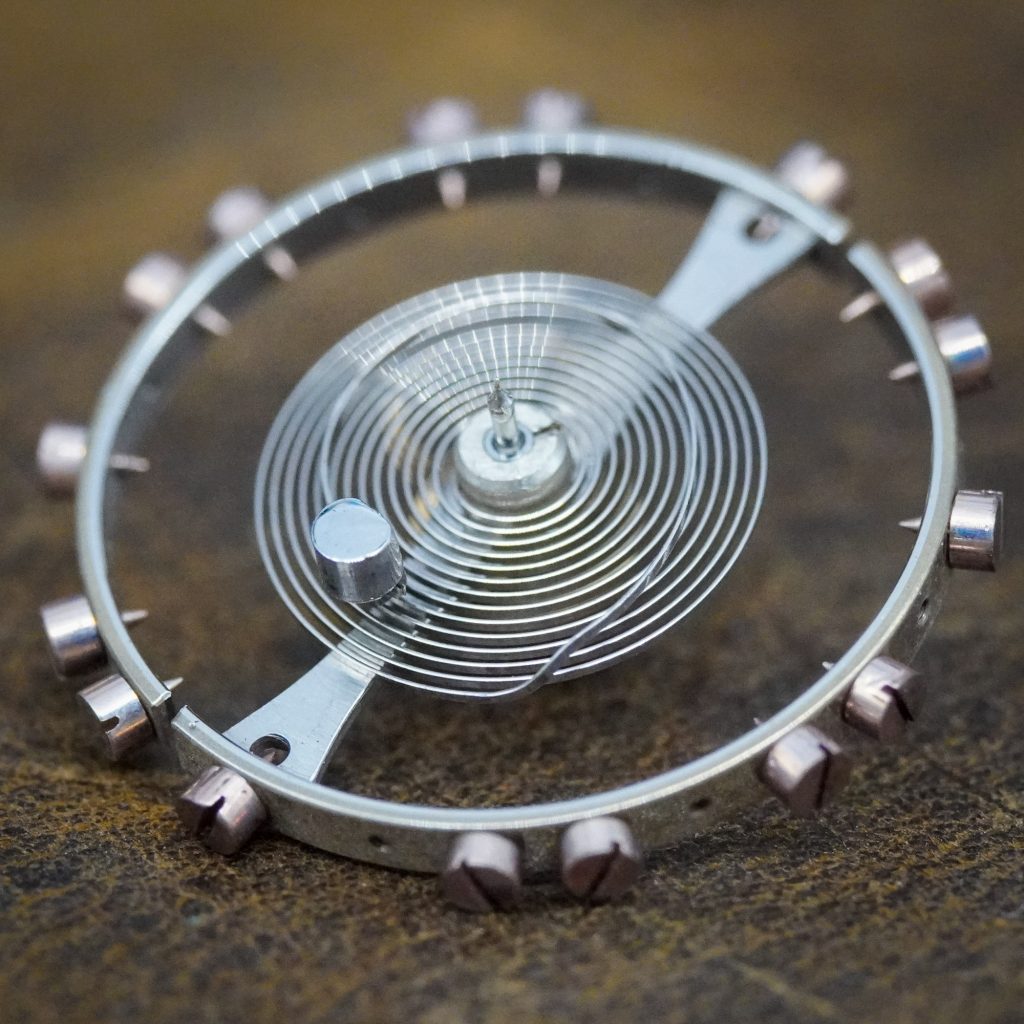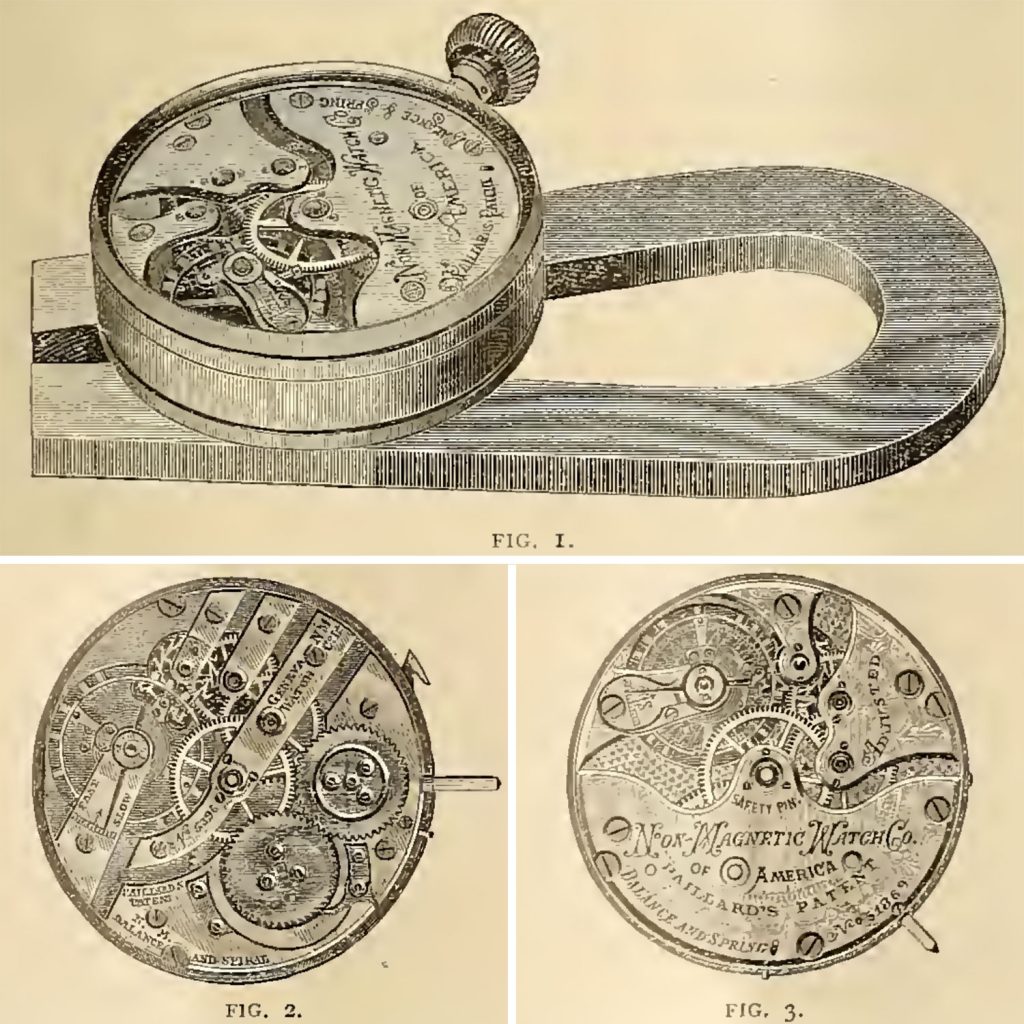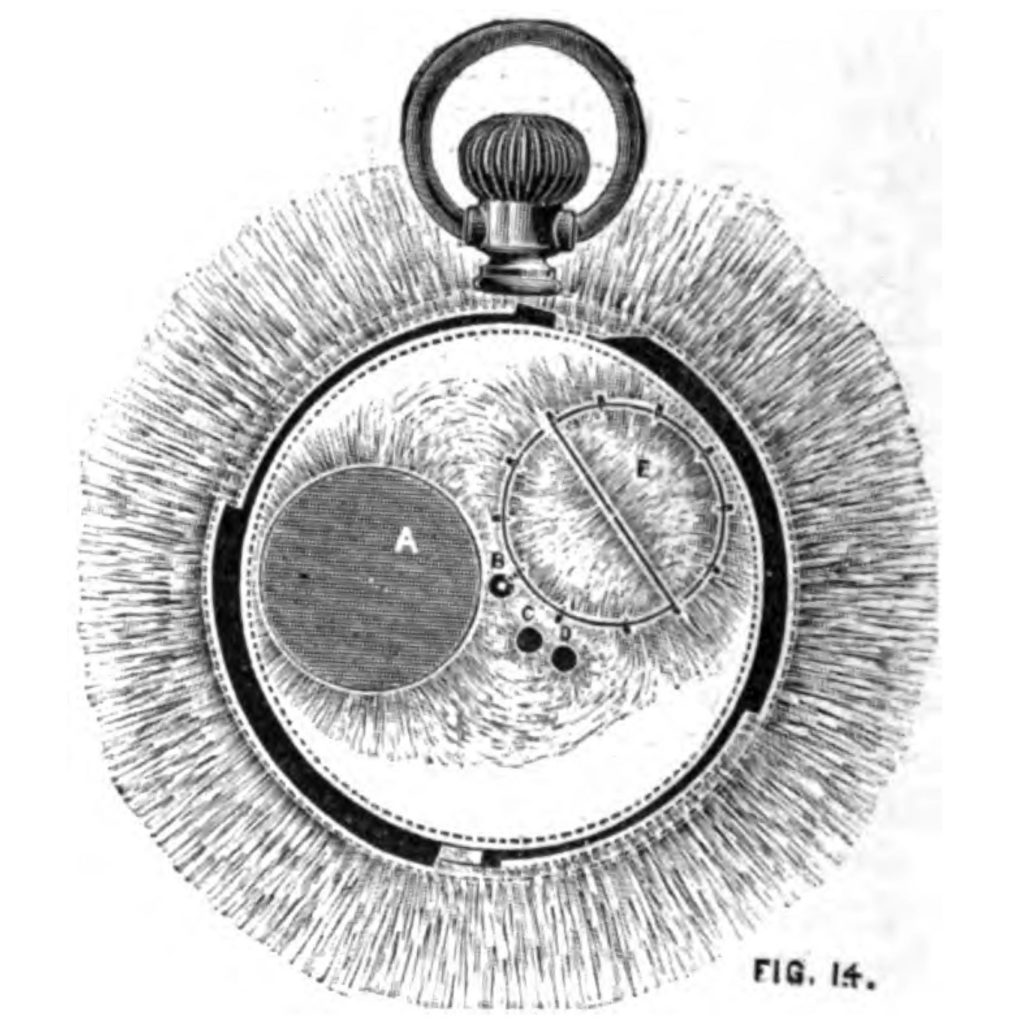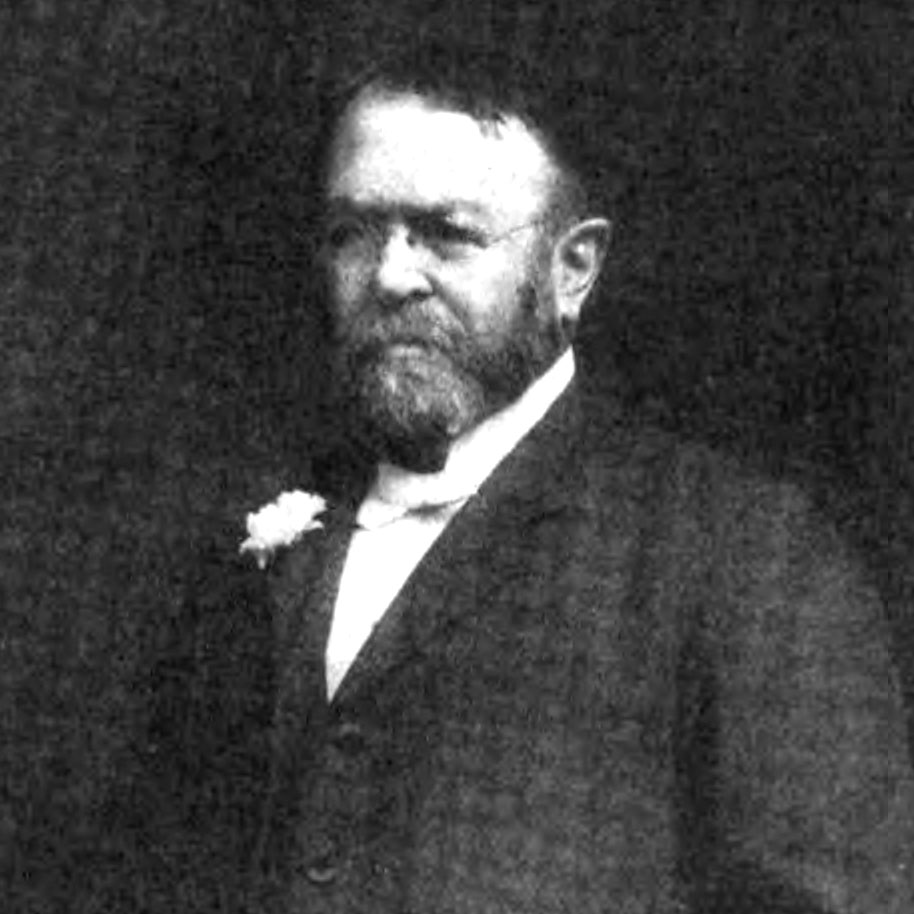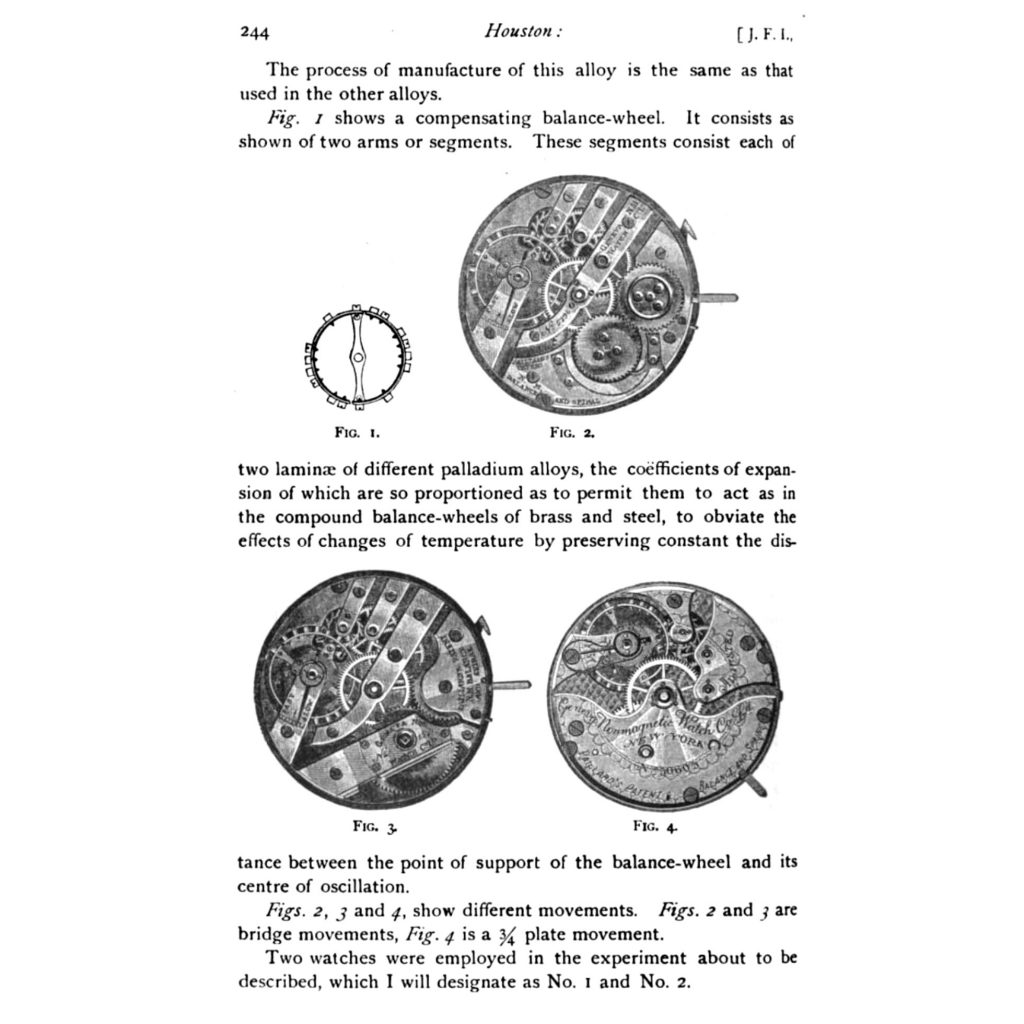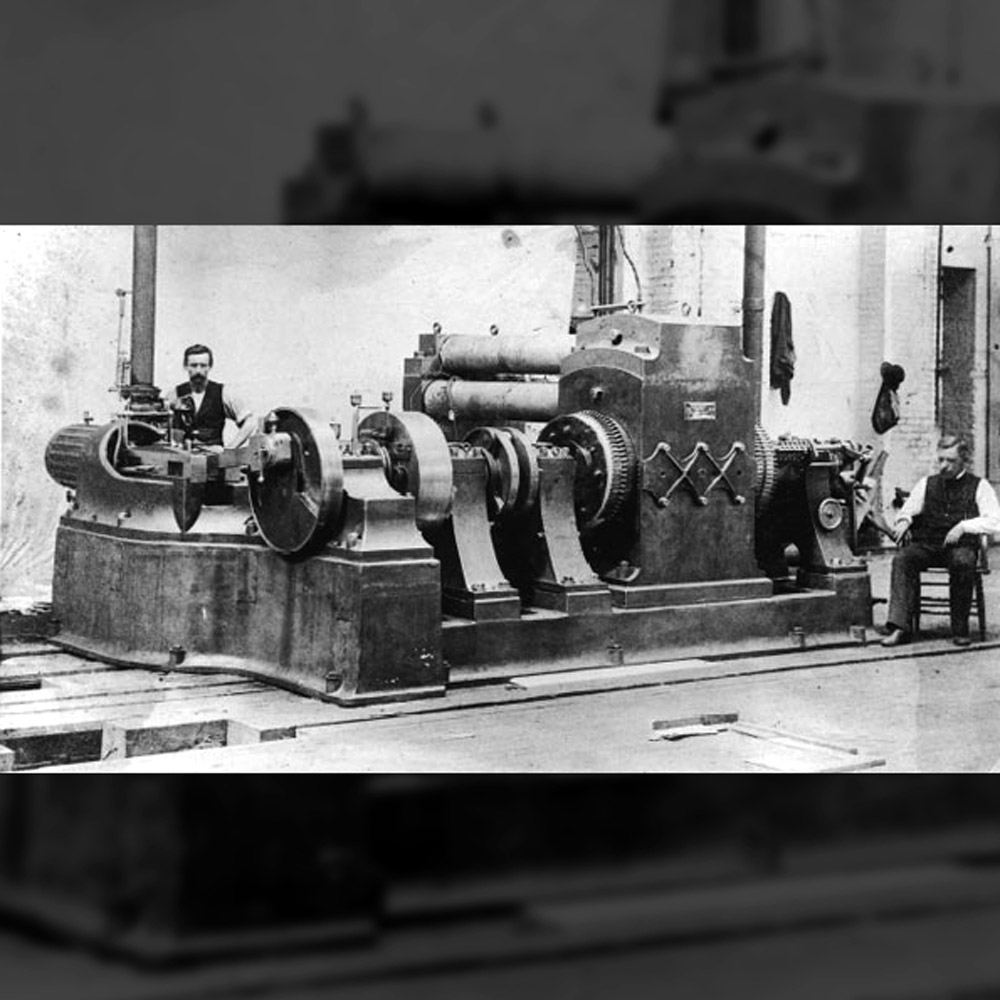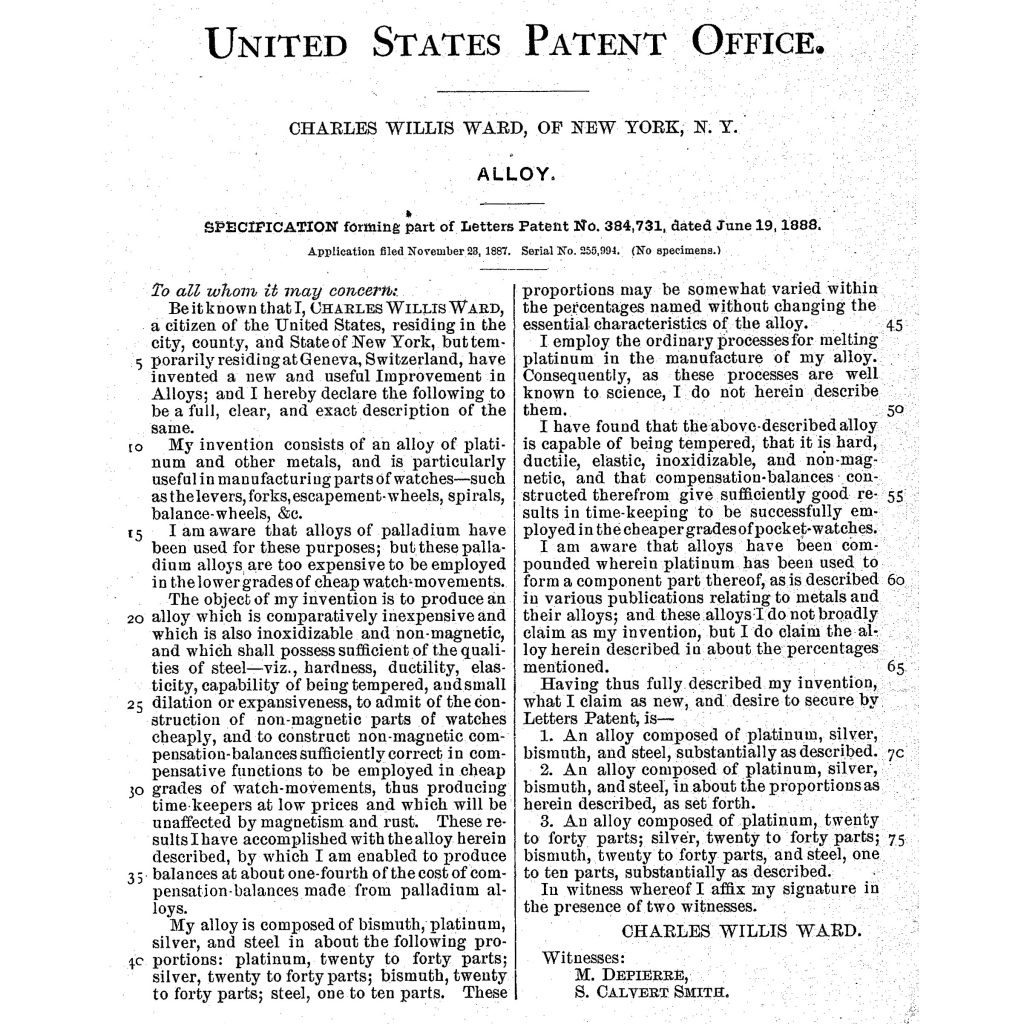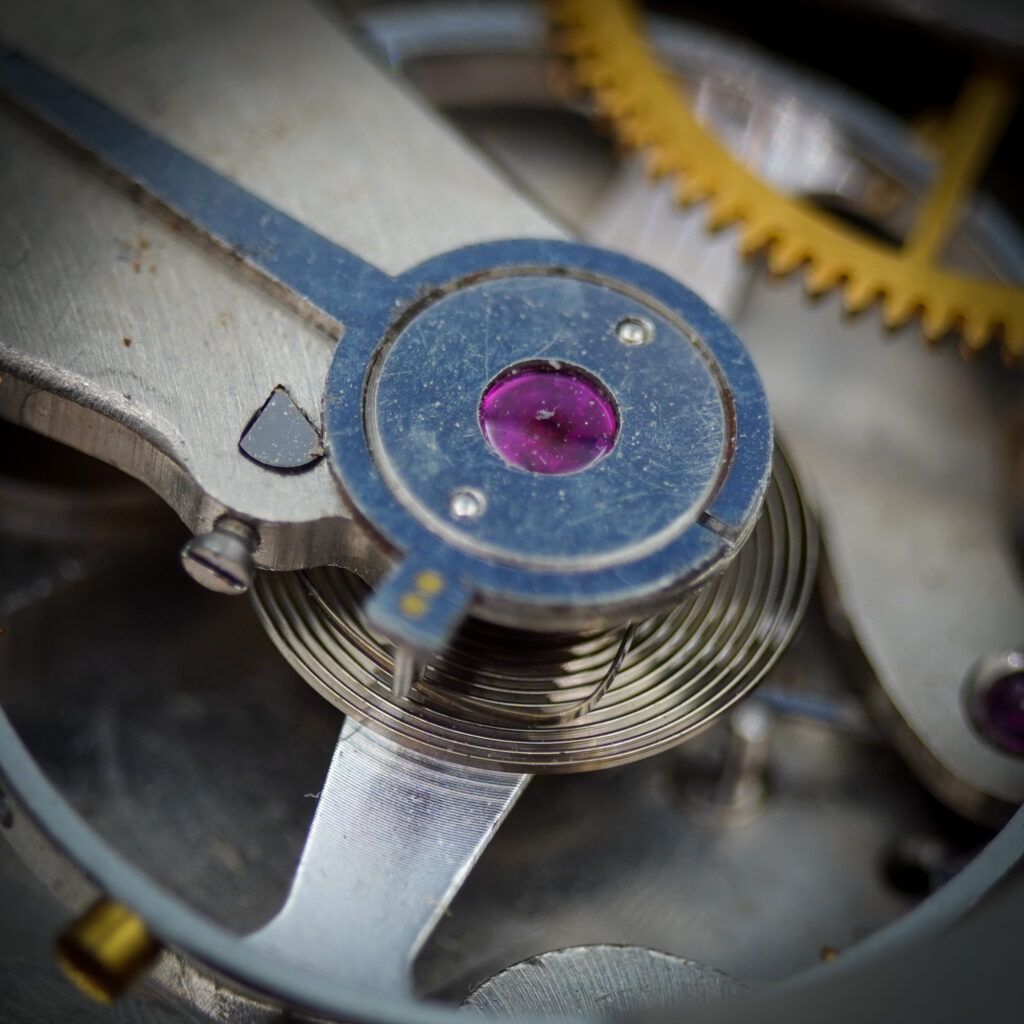
Alloy

Pictured: “Paillard’s Non-Magnetic Balances” Illustrations (Theodore Gribi), Western Electrician, September 22, 1888 After non-magnetic watches and anti-magnetic shields were introduced to the market in the 1880s, the industry was flooded.
Pictured: Illustration Demonstrating the Magnetic Field of a Magnetized Watch, “Magnetism in Watches” by Charles K. Giles, Western Electrician, June 30, 1888 As non-magnetic watches and anti-magnetic shields gained popularity.
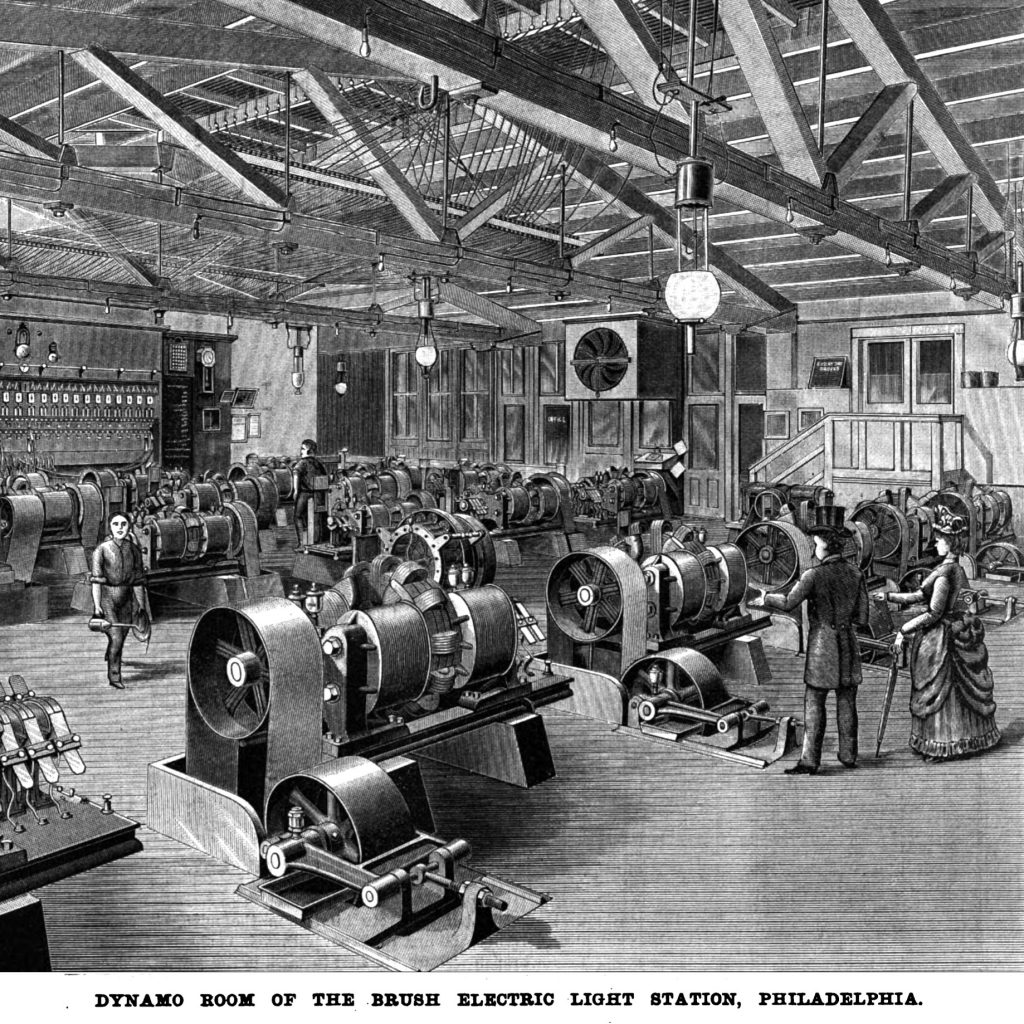
Pictured: Portrait of Edwin James Houston. In the March 1888 edition of the Journal of the Franklin Institute, Professor Edwin J. Houston published a comprehensive article exploring several experiments conducted.
Pictured: Excerpt from “Paillard’s Non-Magnetic Compensating Balance and Hair-Spring for Watches” by Prof. Edwin J. Houston, Journal of the Franklin Institute, March 1888 In early 1888, the newly reorganized Non-Magnetic.
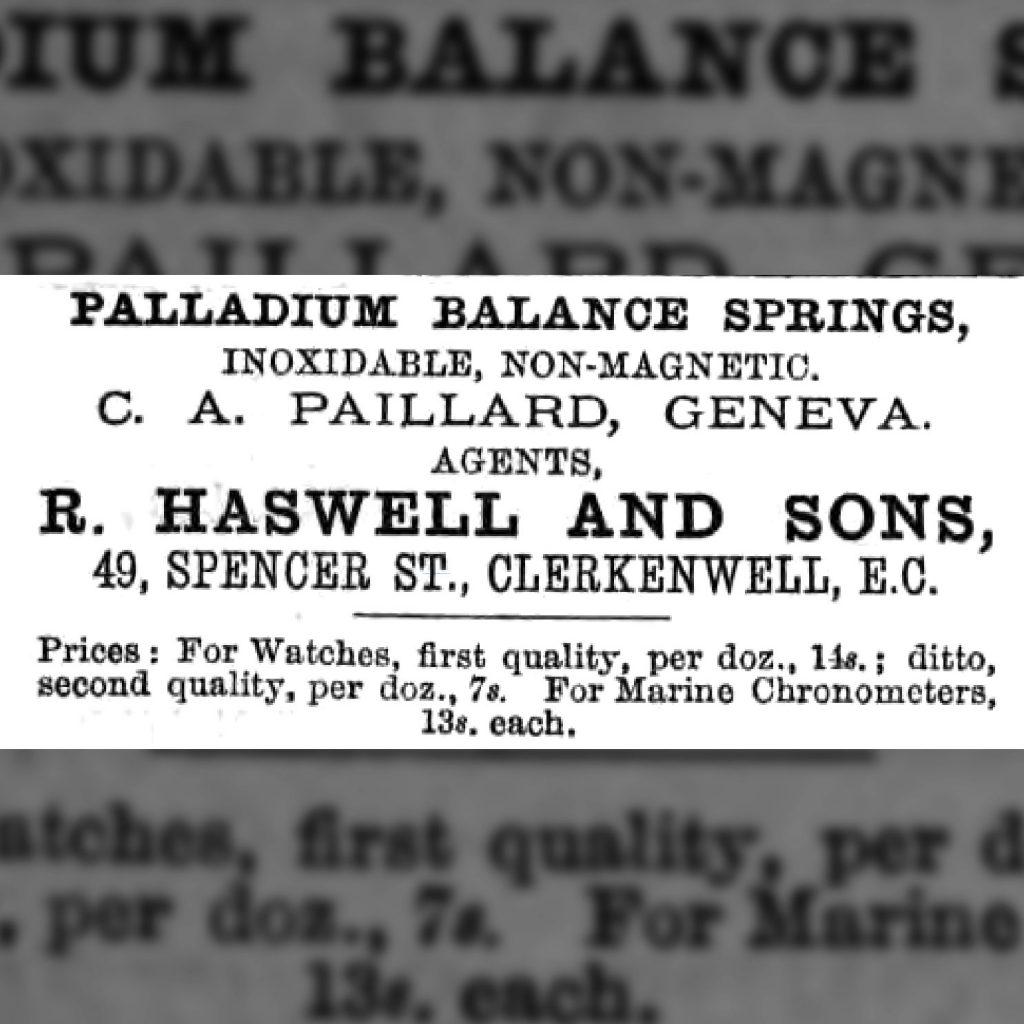
Pictured: Thomas Edison’s Jumbo Dynamo (Electric Generator) Charles-Auguste Paillard originally developed palladium alloys for use in fine marine chronometers due to the non-corrosive properties of the alloy. In the 1880s,.
Pictured: U.S. Patent #384,731 Charles-Auguste Paillard received six patents in the United States for his innovative palladium alloys used in watchmaking. Paillard’s alloys were immune to corrosion, did not dilate.
